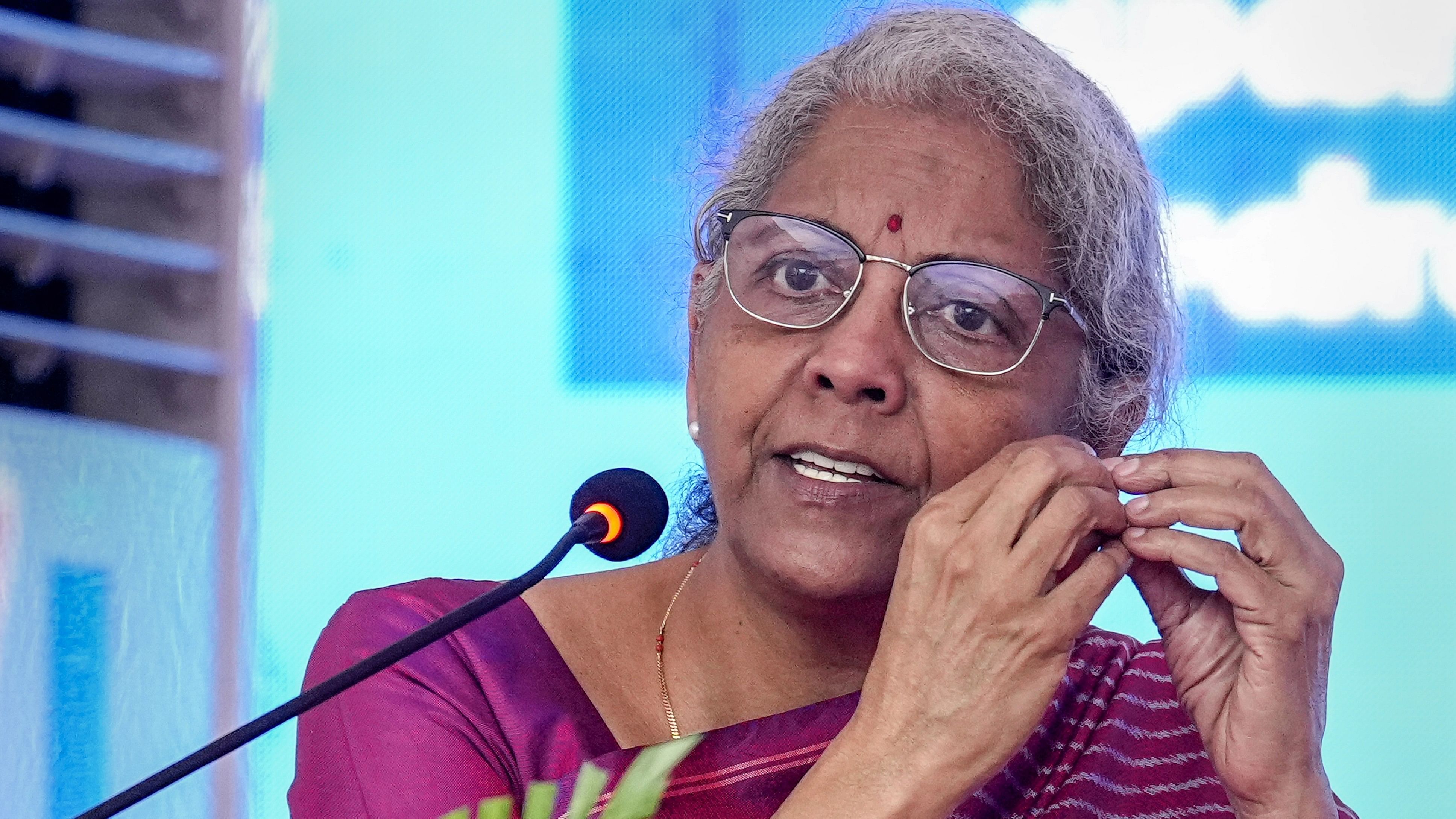
Union Finance Minister Nirmala Sitharaman speaks during a Viksit Bharat Sankalp Yatra event, in Chennai, Thursday, Jan. 4, 2024.
Credit: PTI Photo
Union Finance Minister Nirmala Sitharaman is poised to present the Union Budget 2024 for the sixth consecutive year. But, since the budget for the next financial year is coinciding with the Lok Sabha elections, the FM will be presenting only the 'Interim Budget' for the year 2024-25.
Here's what you need to know about the Modi government's 'Interim Budget':
1. The provisions of this budget, to be presented on February 1, 2024, will only be valid till the Lok Sabha Elections 2024 results are out and the new government is formed. "You may have to wait till after the new government comes in. In July 2024, there will be the next full Budget. So things have to wait till then,” the Finance Minister had said at an event.
2. The interim budget will be announced for the fiscal year starting on April 1, 2024 and ending on March 31, 2025.
3. The interim budget will, however, only detail the expenditure for the first few months of FY2024-25, till the new government comes to power. As a result, the budget is less likely to introduce major changes or new plans, as the incoming government will have the power to agree on or modify these estimates in the new budget.
4. The Railway Budget will also be included in the Interim Budget — its inclusion being a feature of Union Budgets since 2017. Allocation of funds for safety measures will possibly figure in the presentation after the tragic three-train collision claiming nearly 300 lives in Odisha's Balasore district. The Indian Railways is also poised to procure new trains to address the escalating demand in passenger travel across the national rail network.
5. After the Budget 2024 is presented in the Lok Sabha, the presentation and all relevant documents will be uploaded on http://www.indiabudget.gov.in/ for public viewing.
6. Part A of the budget will include financial schemes in sectors such as health, education, banking, rural and urban industries. It will also include welfare schemes for different sections of society.
7. Part B of the budget will include information on direct and indirect taxes, as well as any revisions in income tax slabs, customs, excise duty and more. Part B's annex documents will summarize all the tax announcements.
8. Sources of funds from extra-Budgetary resources, which are not included in tax and non-tax revenue, will be revealed.
9. The revenue and expenditure document of the budget will give projections about how much revenue is expected through income tax, corporate tax, GST, excise duty, custom duty and other income heads. Expenditure will include the ministry-wise breakdown of expenses in defence, education, health, and other sectors.
10. The Finance Bill is also presented as part of the Budget every year, which will include details on the imposition, abolition, remission, alteration or regulation of taxes. The Budget will first be passed by Lok Sabha and then will go to Rajya Sabha, following debates and discussions on the provisions. Once passed, this Bill will have legal backing.